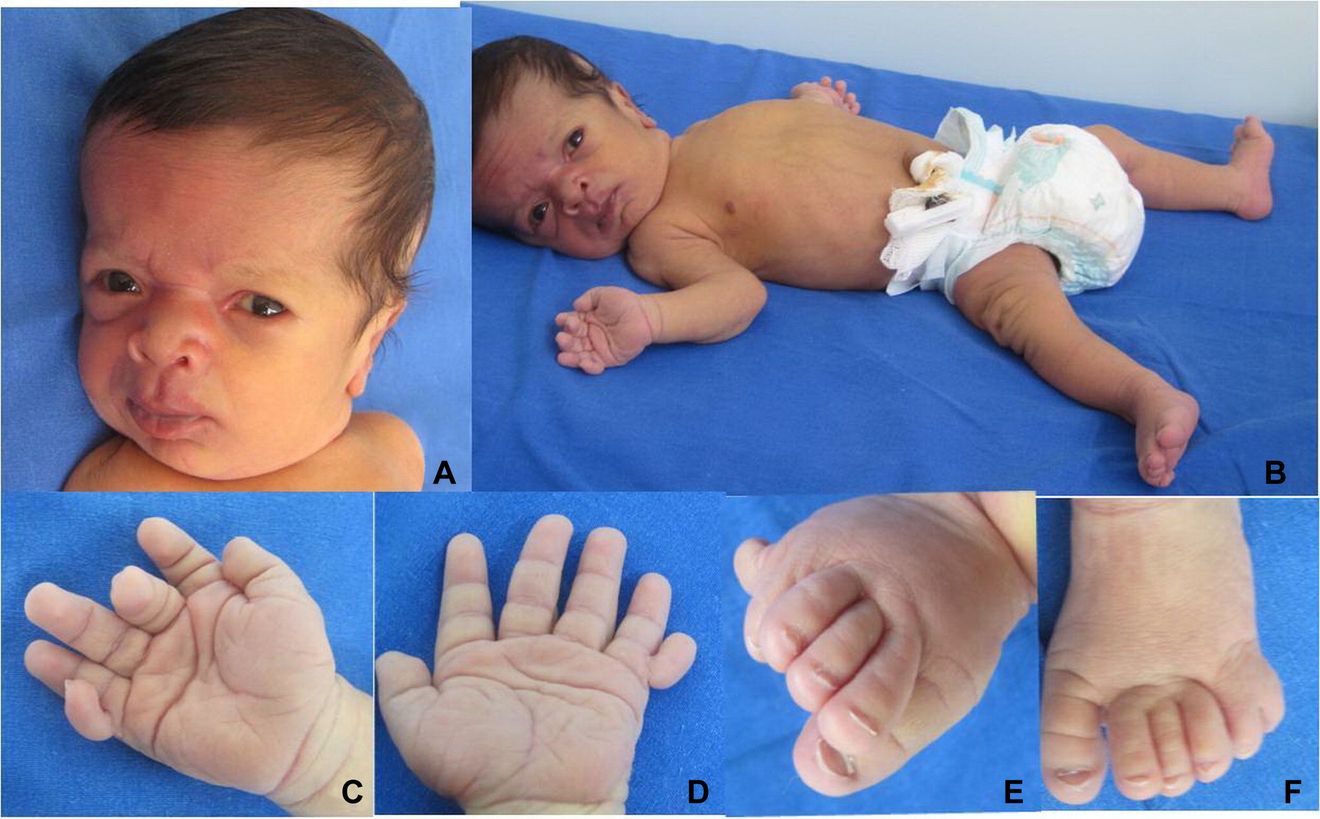
Macrocephaly, pigmentation, large hands, and feet—these traits might sound like features from a comic book character, but they are real conditions that affect people worldwide. Macrocephaly refers to an abnormally large head, often due to genetic factors or medical conditions. Pigmentation changes can result from various causes, including genetics, sun exposure, or medical issues. Large hands and feet may be linked to growth disorders or genetic conditions. Understanding these traits can help us appreciate the diversity of human biology. This blog post dives into 25 intriguing facts about these unique characteristics, shedding light on their causes, implications, and the lives of those who have them.
Key Takeaways:
- 1. Big Head, Big Hands, Big Feet: These unique physical traits can be genetic or linked to medical conditions like acromegaly and Sotos syndrome. Understanding the causes is crucial for proper diagnosis and treatment.
- 2. Skin Color and Size: Pigmentation disorders and large extremities can intersect with conditions like neurofibromatosis and McCune-Albright syndrome. These fascinating connections highlight the complexity of the human body.
Understanding Macrocephaly
Macrocephaly refers to an abnormally large head size. This condition can be a sign of various medical issues. Here are some intriguing facts about macrocephaly.
- Macrocephaly is often diagnosed when the head circumference is greater than the 97th percentile for a child's age and sex.
- Genetic factors can play a significant role in macrocephaly. Conditions like Sotos syndrome and Canavan disease are linked to this trait.
- Hydrocephalus, an accumulation of cerebrospinal fluid in the brain, can cause macrocephaly.
- Benign familial macrocephaly is a condition where large head size runs in families without any associated health problems.
- Developmental delays may accompany macrocephaly, depending on the underlying cause.
- Brain imaging techniques like MRI and CT scans are crucial for diagnosing the cause of macrocephaly.
- Treatment varies widely, from monitoring to surgical intervention, based on the underlying condition.
Exploring Pigmentation Disorders
Pigmentation disorders affect the color of the skin. These conditions can range from harmless to indicative of serious health issues. Let's dive into some fascinating facts about pigmentation.
- Melanin is the pigment responsible for skin color. Variations in melanin production lead to different pigmentation disorders.
- Vitiligo causes loss of skin color in patches due to the destruction of melanocytes.
- Albinism is a genetic condition characterized by a lack of melanin, resulting in very light skin, hair, and eyes.
- Melasma leads to brown or gray-brown patches on the skin, often triggered by sun exposure or hormonal changes.
- Post-inflammatory hyperpigmentation occurs after skin injury or inflammation, leaving dark spots.
- Addison's disease can cause hyperpigmentation, particularly in areas exposed to friction.
- Freckles are small, concentrated spots of melanin, often more visible after sun exposure.
The Phenomenon of Large Hands and Feet
Having large hands and feet can be a unique physical trait. This characteristic can be purely genetic or linked to certain medical conditions. Here are some compelling facts about large hands and feet.
- Acromegaly is a hormonal disorder that results in the enlargement of hands and feet due to excess growth hormone.
- Marfan syndrome is a genetic disorder that affects connective tissue, often leading to unusually long fingers and toes.
- Gigantism occurs in children and adolescents, causing excessive growth of bones, including hands and feet, due to overproduction of growth hormone.
- Genetics play a significant role in determining hand and foot size, with some families naturally having larger extremities.
- Athletes often have larger hands and feet, which can be advantageous in sports like basketball and swimming.
- Edema or swelling can temporarily enlarge hands and feet, often due to fluid retention or injury.
- Rheumatoid arthritis can cause swelling and deformity in the hands and feet, making them appear larger.
Interesting Intersections
Sometimes, macrocephaly, pigmentation disorders, and large hands and feet intersect in fascinating ways. Here are some facts that highlight these intersections.
- Proteus syndrome is a rare condition that can cause overgrowth of bones, skin, and other tissues, leading to macrocephaly, pigmentation changes, and large hands and feet.
- Neurofibromatosis can cause macrocephaly, café-au-lait spots (pigmentation), and larger extremities due to tumor growth.
- McCune-Albright syndrome involves fibrous dysplasia of bone, café-au-lait pigmentation, and endocrine abnormalities, sometimes leading to larger hands and feet.
- Sotos syndrome is characterized by macrocephaly, distinctive facial features, and overgrowth, including large hands and feet.
Final Thoughts on Macrocephaly Pigmentation Large Hands Feet
Understanding macrocephaly, pigmentation, and large hands and feet can shed light on various medical conditions. These traits often point to genetic disorders or syndromes. For instance, macrocephaly might indicate conditions like autism or Sotos syndrome. Unusual pigmentation can be a sign of neurofibromatosis or albinism. Large hands and feet might be linked to acromegaly or Marfan syndrome.
Recognizing these signs early can lead to timely medical intervention. If you or someone you know exhibits these traits, consulting a healthcare professional is crucial. They can provide a proper diagnosis and treatment plan. Knowledge is power, and understanding these conditions can make a significant difference in managing health.
Stay informed, stay proactive, and always seek professional advice when needed. Your health is your wealth.
Frequently Asked Questions
Was this page helpful?
Our commitment to delivering trustworthy and engaging content is at the heart of what we do. Each fact on our site is contributed by real users like you, bringing a wealth of diverse insights and information. To ensure the highest standards of accuracy and reliability, our dedicated editors meticulously review each submission. This process guarantees that the facts we share are not only fascinating but also credible. Trust in our commitment to quality and authenticity as you explore and learn with us.
